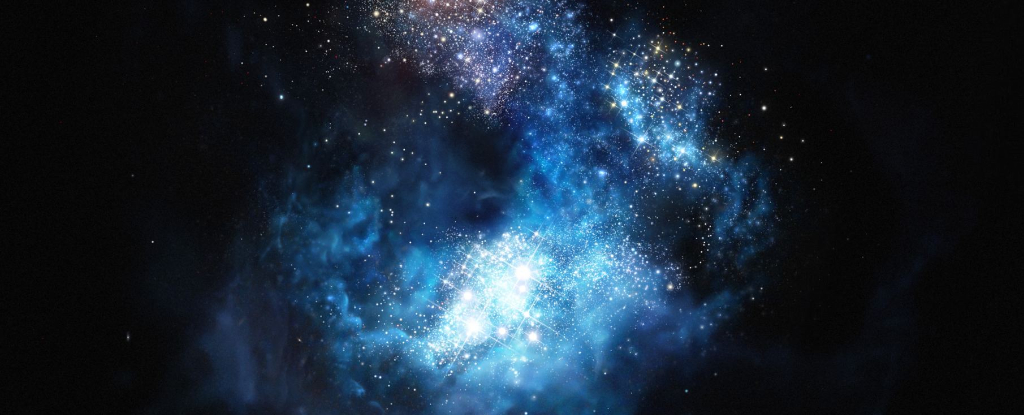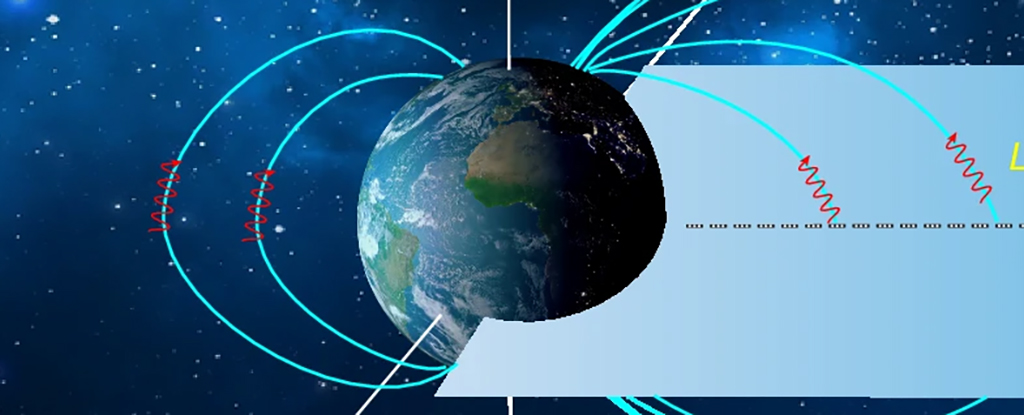Water is the essence of life. Every living thing on Earth contains water within it. The Earth is rich with life because it is rich with water.
This fundamental connection between water and life is partly due to water’s extraordinary properties, but part of it is due to the fact that water is one of the most abundant molecules in the Universe.
Made from one part oxygen and two parts hydrogen, its structure is simple and strong. The hydrogen comes from the primordial fire of the Big Bang and is by far the most common element. Oxygen is created in the cores of large stars, along with carbon and nitrogen, as part of the CNO fusion cycle.
Because of its origin, we’ve generally thought that oxygen (and correspondingly water) grew in abundance over time. From the first stars to the present day, each generation cast oxygen into space in its dying moments.
So, while water was rare in the early Universe, it is relatively common now. But a new study suggests that isn’t the case.
Astronomers categorize stars into populations depending on their age and metallicity, where “metals” are any elements other than hydrogen and helium.
The youngest and most metal-rich stars, such as the Sun, are called Population I. Older stars with fewer metals are Population II. The oldest stars, the very first stars to appear in the Universe, are known as Population III.
Though we haven’t observed Pop III stars directly, they would have been enormous stars made entirely of hydrogen and helium. The first seeds of everything we see around us, from oceans to trees to beloved friends, formed within these first stars.
A new study on the arXiv argues that Pop III stars also flooded the cosmos with water.
In their study, the team modeled the explosions of small (13 solar mass) and large (200 solar mass) early stars. The large stars would have been the very first stars formed from primordial clouds, while the smaller stars would have been the first stars to form in early stellar nurseries. Not quite Pop III stars, but with very low metallicity.
When the smaller stars died, they exploded as typical supernovae, but when the large stars died, they exploded as brilliant pair-instability supernovae.
Based on simulations, these stars would have greatly enriched the environment with water. The molecular clouds formed from the remnants of these stars had 10 to 30 times the water fraction of diffuse molecular clouds seen in the Milky Way today.
Based on this, the team argues that by 100 to 200 million years after the Big Bang, there was enough water and other elements in molecular clouds for life to form.
Whether life actually did appear in the Universe so early is an unanswered question. There is also the fact that while water formed early, ionization and other astrophysical processes may have broken up many of these molecules.
Water might have been plentiful early on, but the Universe entered a dry period before Pop II and Pop I stars generated the water levels we see today. But it’s possible that much of the water around us came from the very first stars.
This article was originally published by Universe Today. Read the original article.





